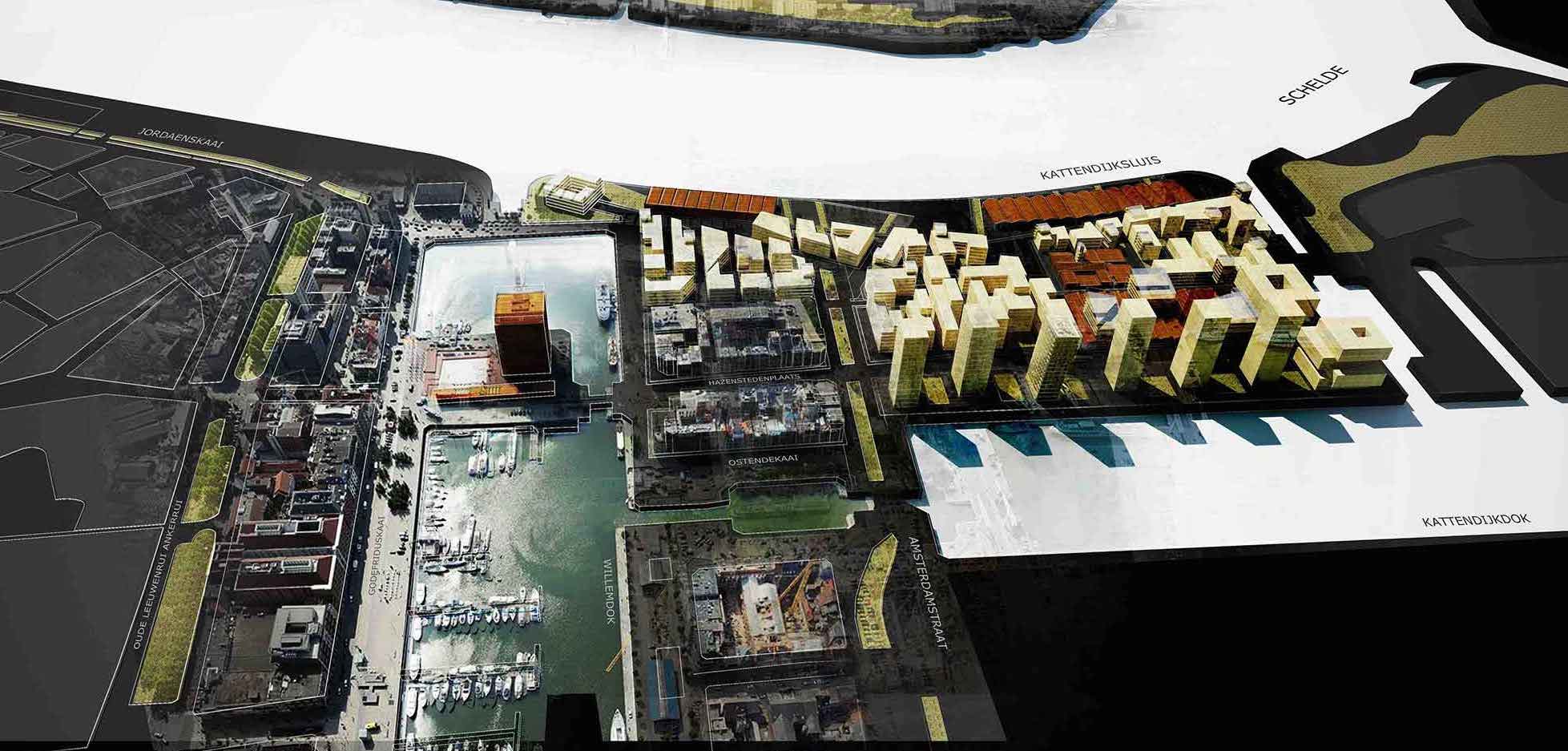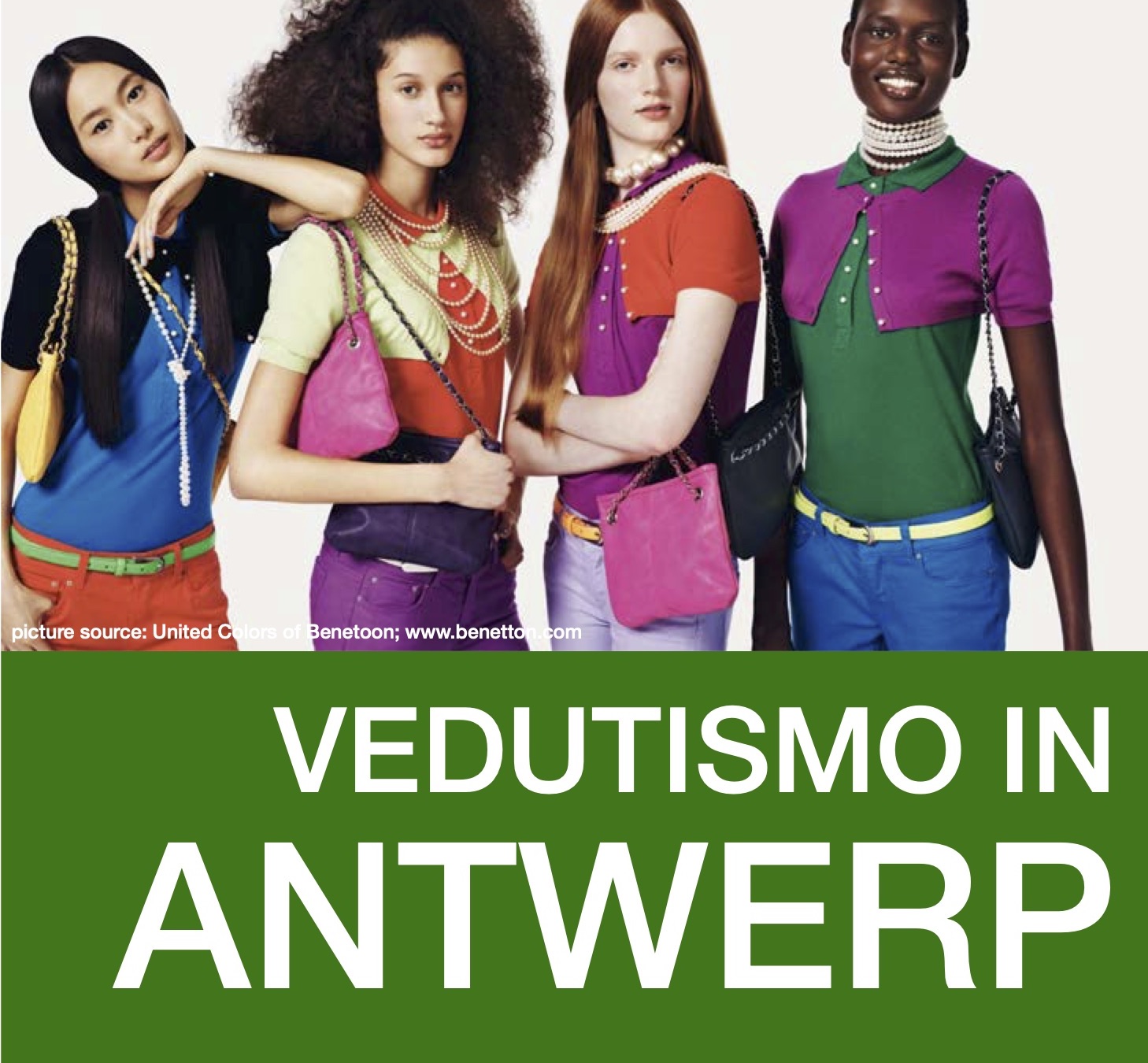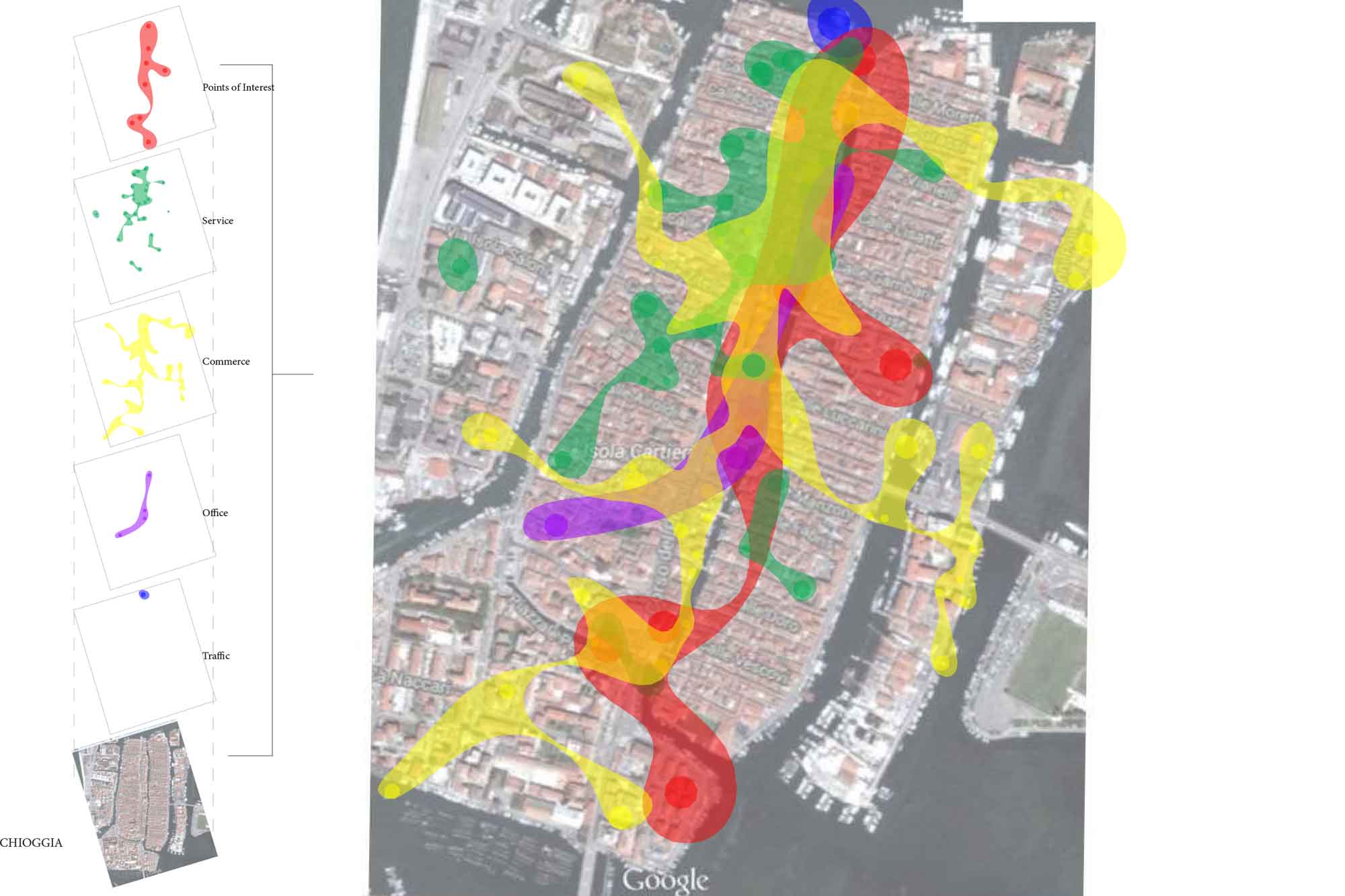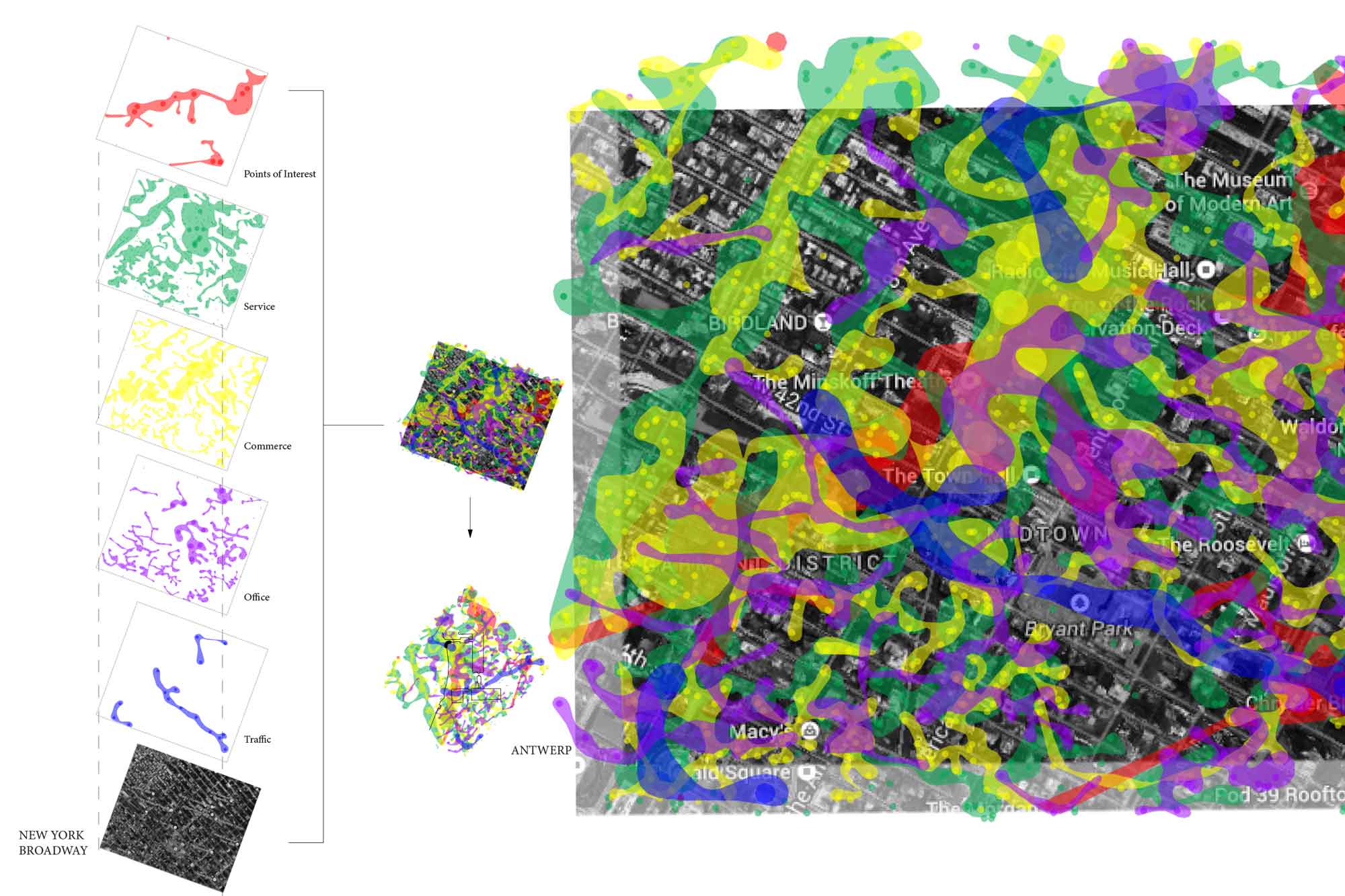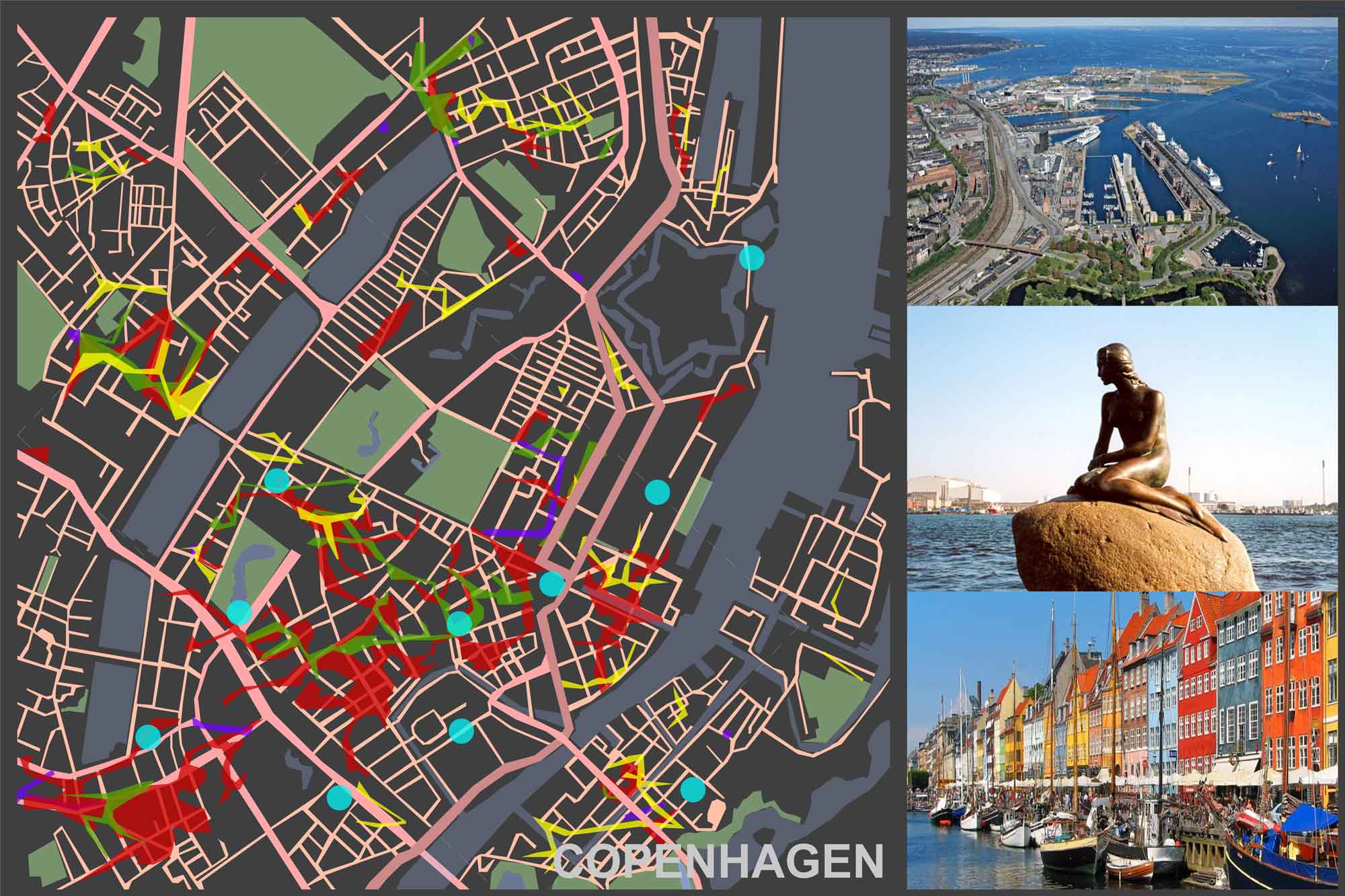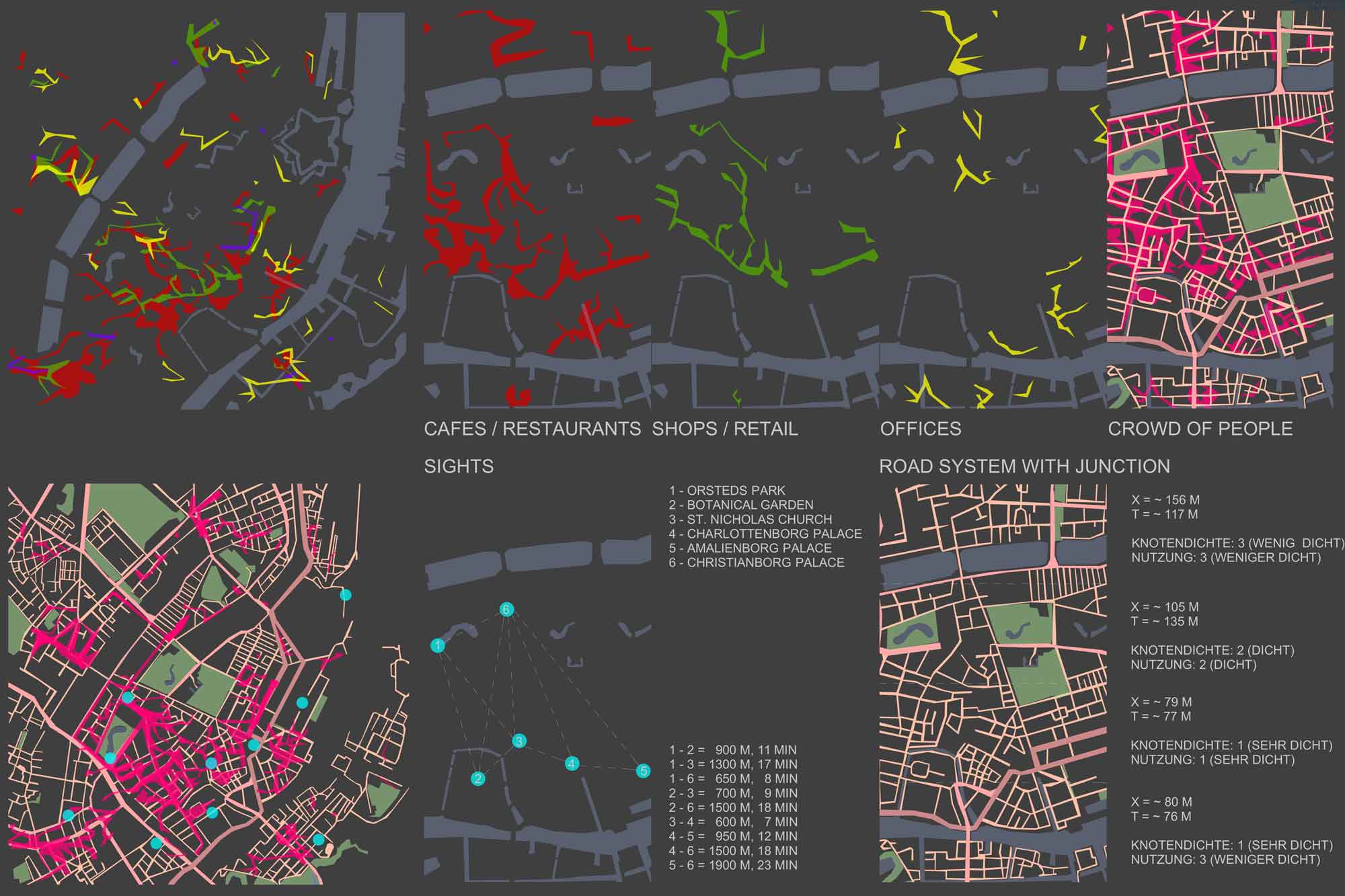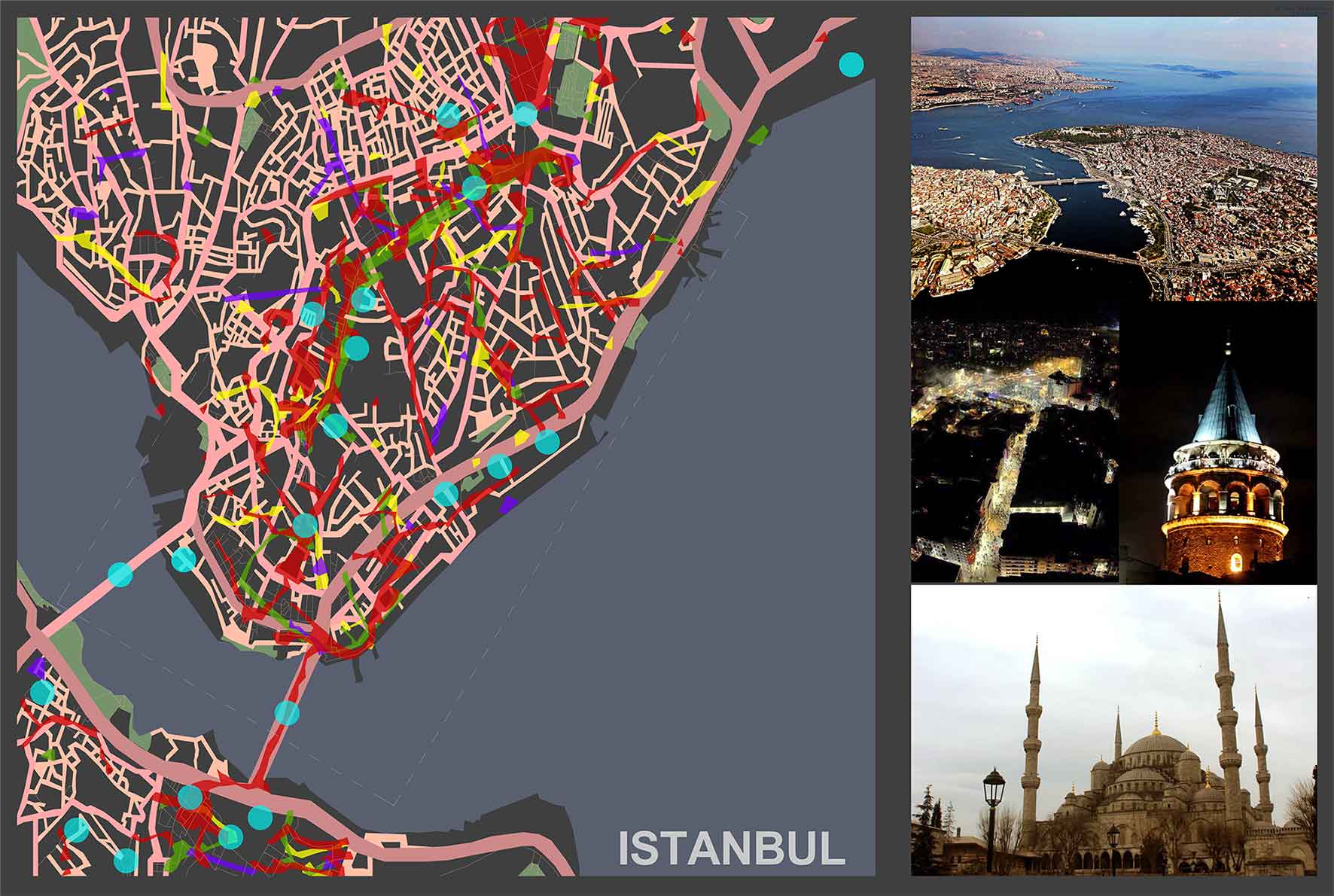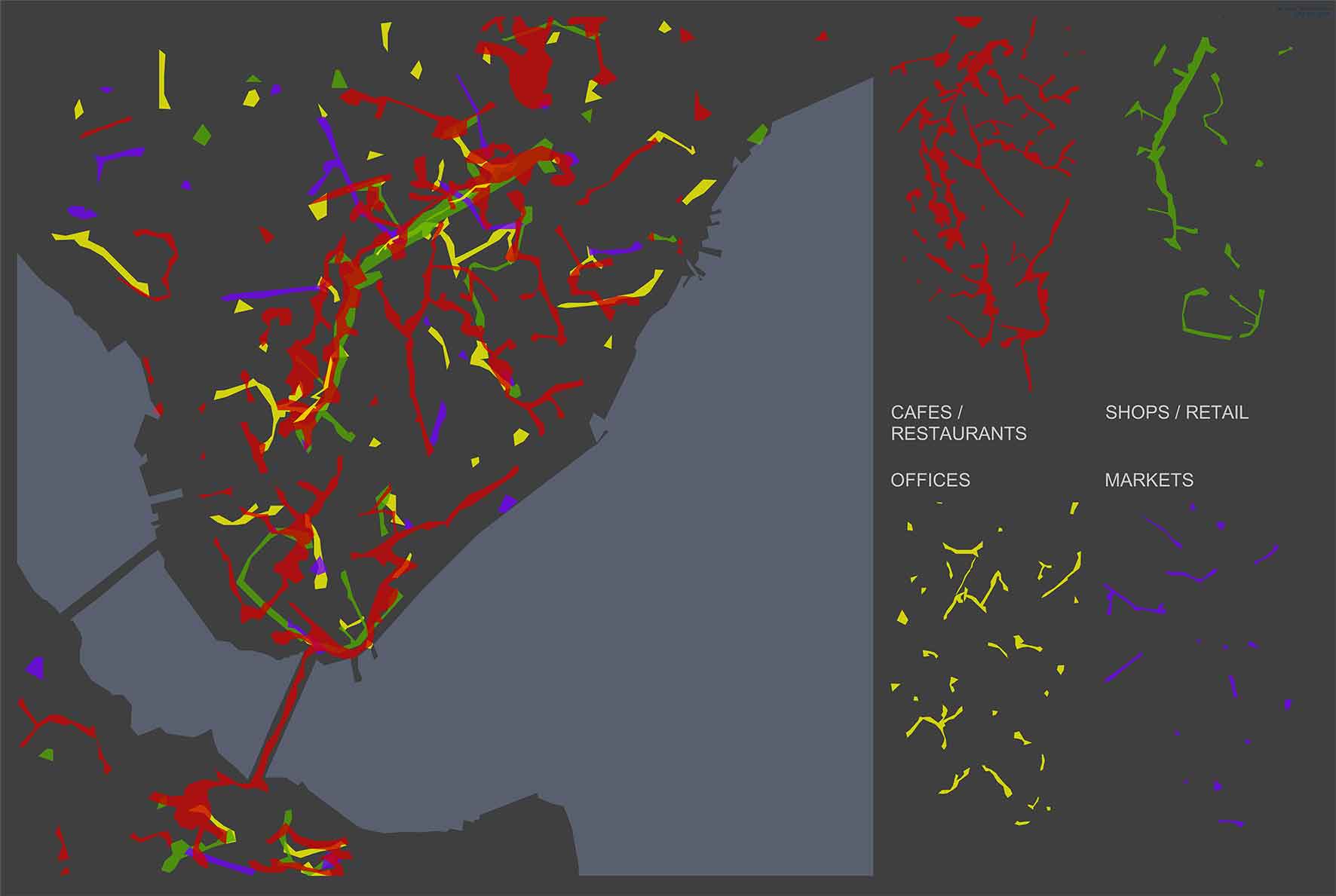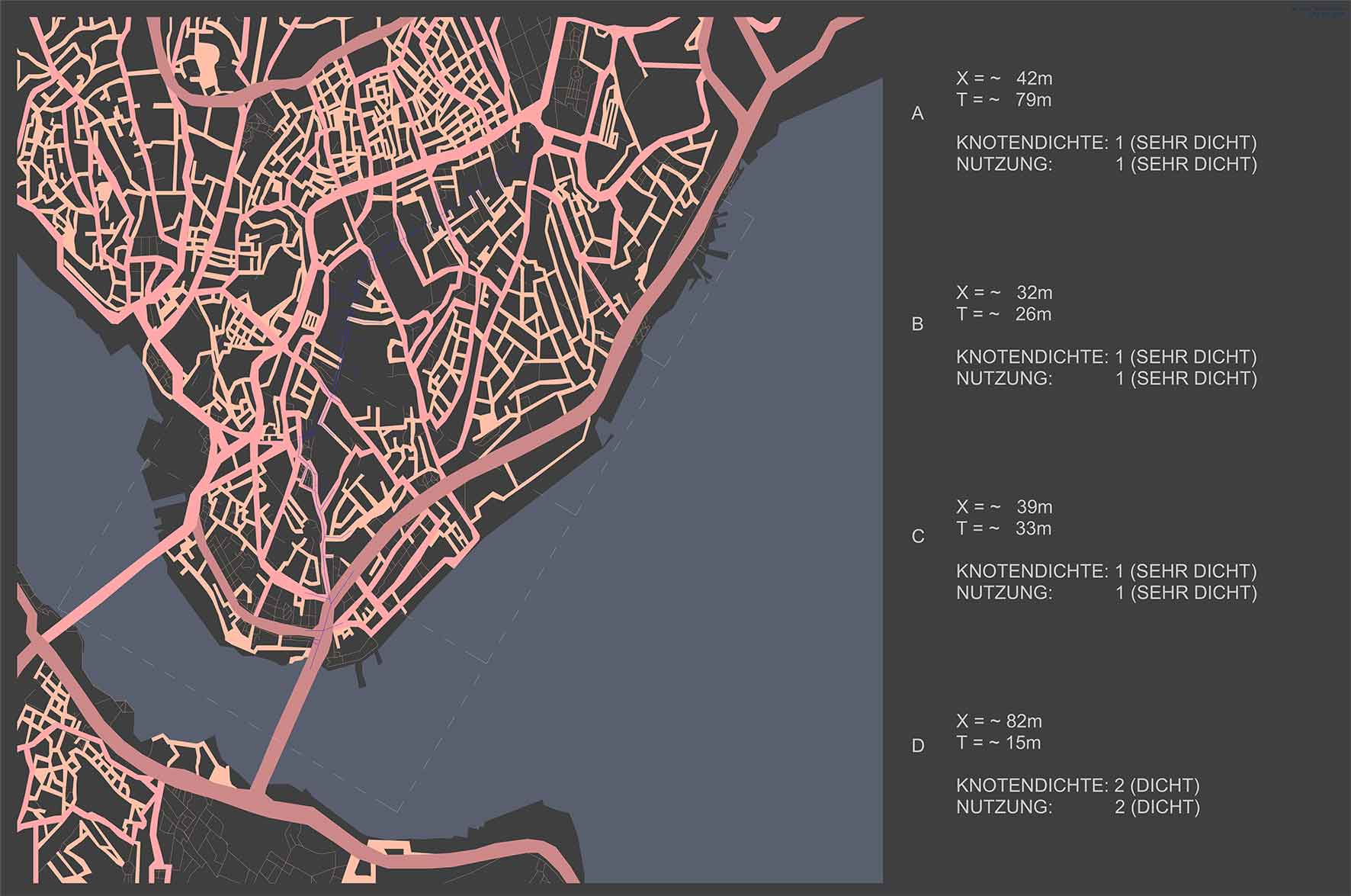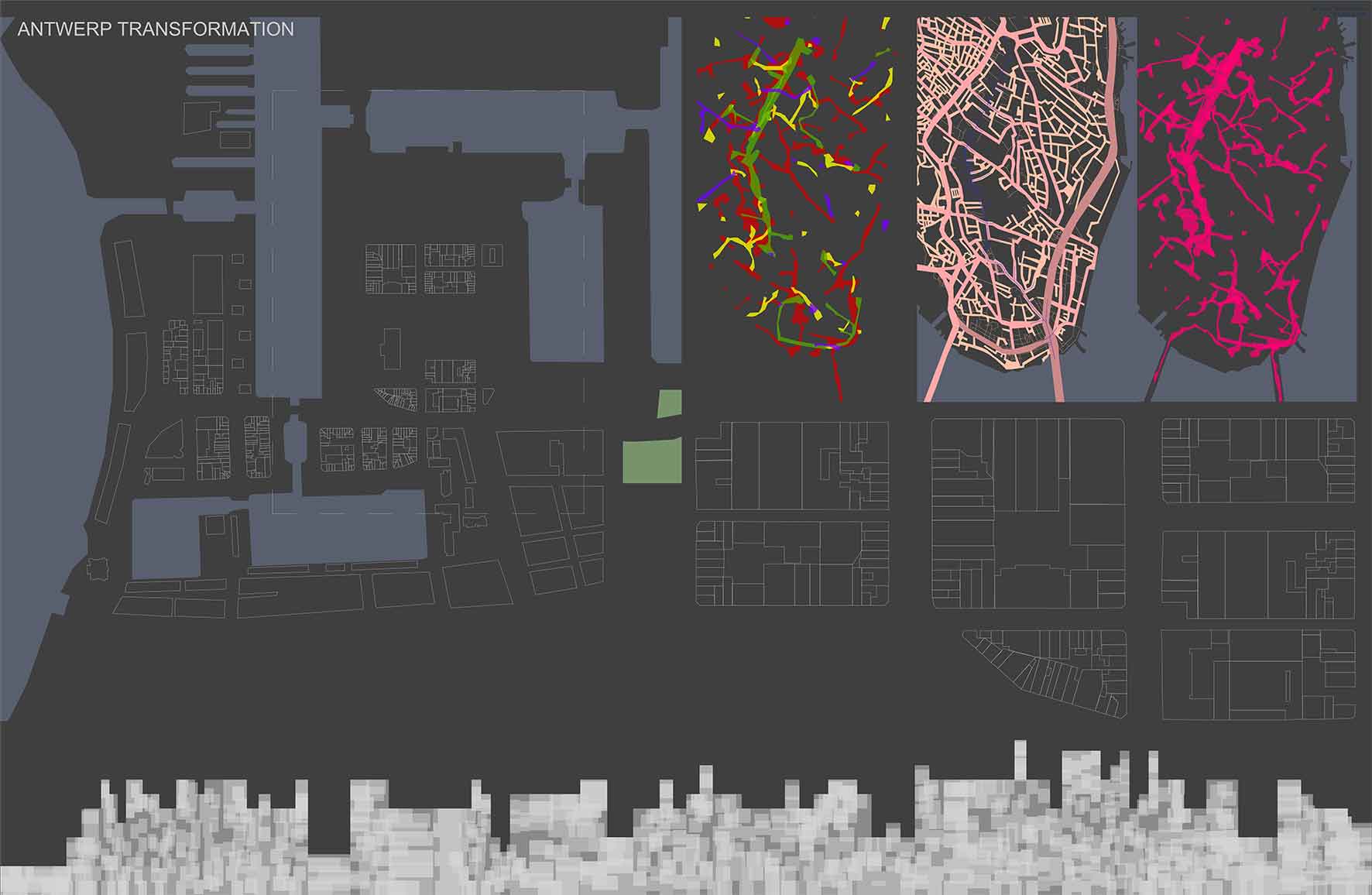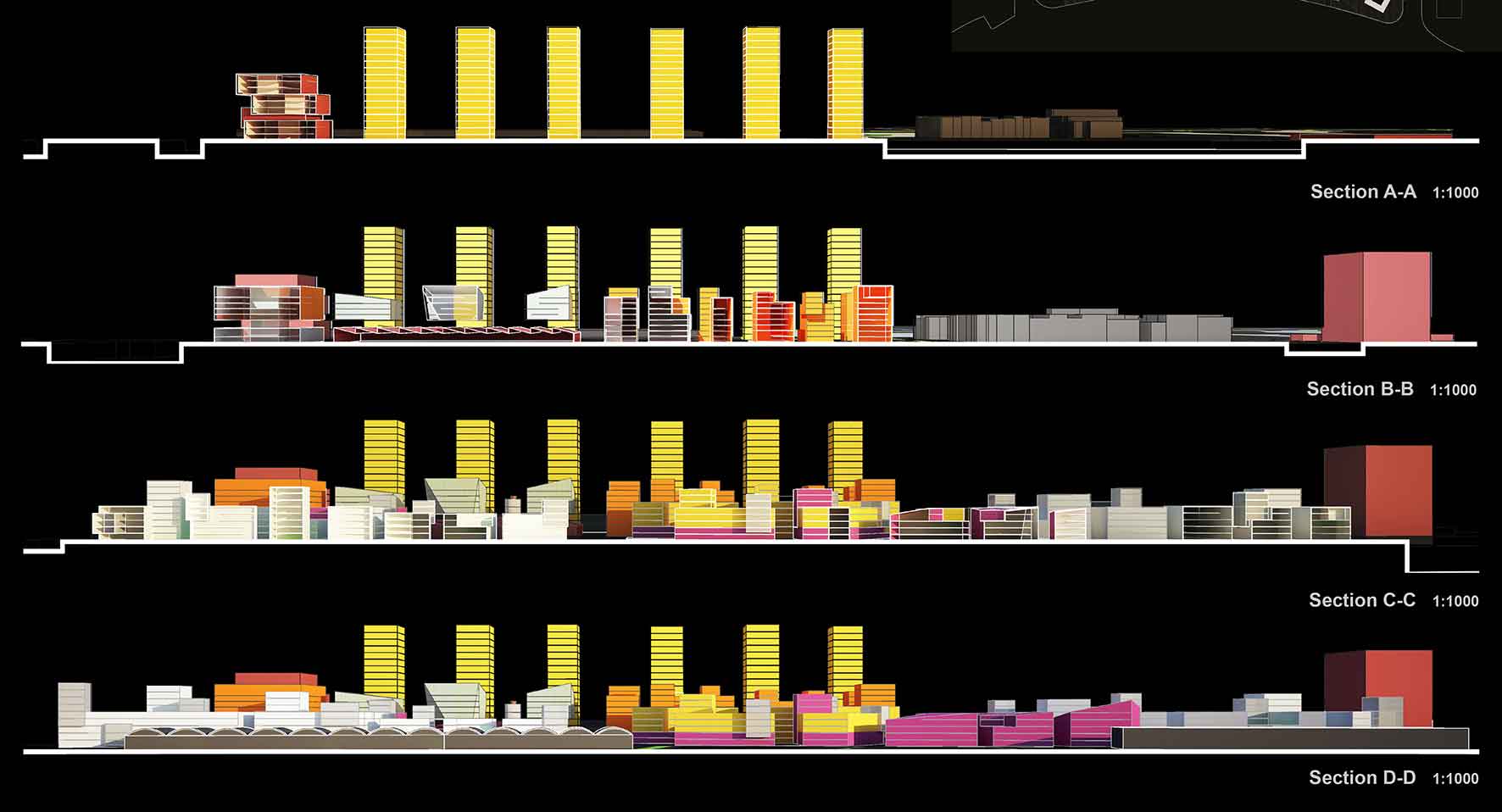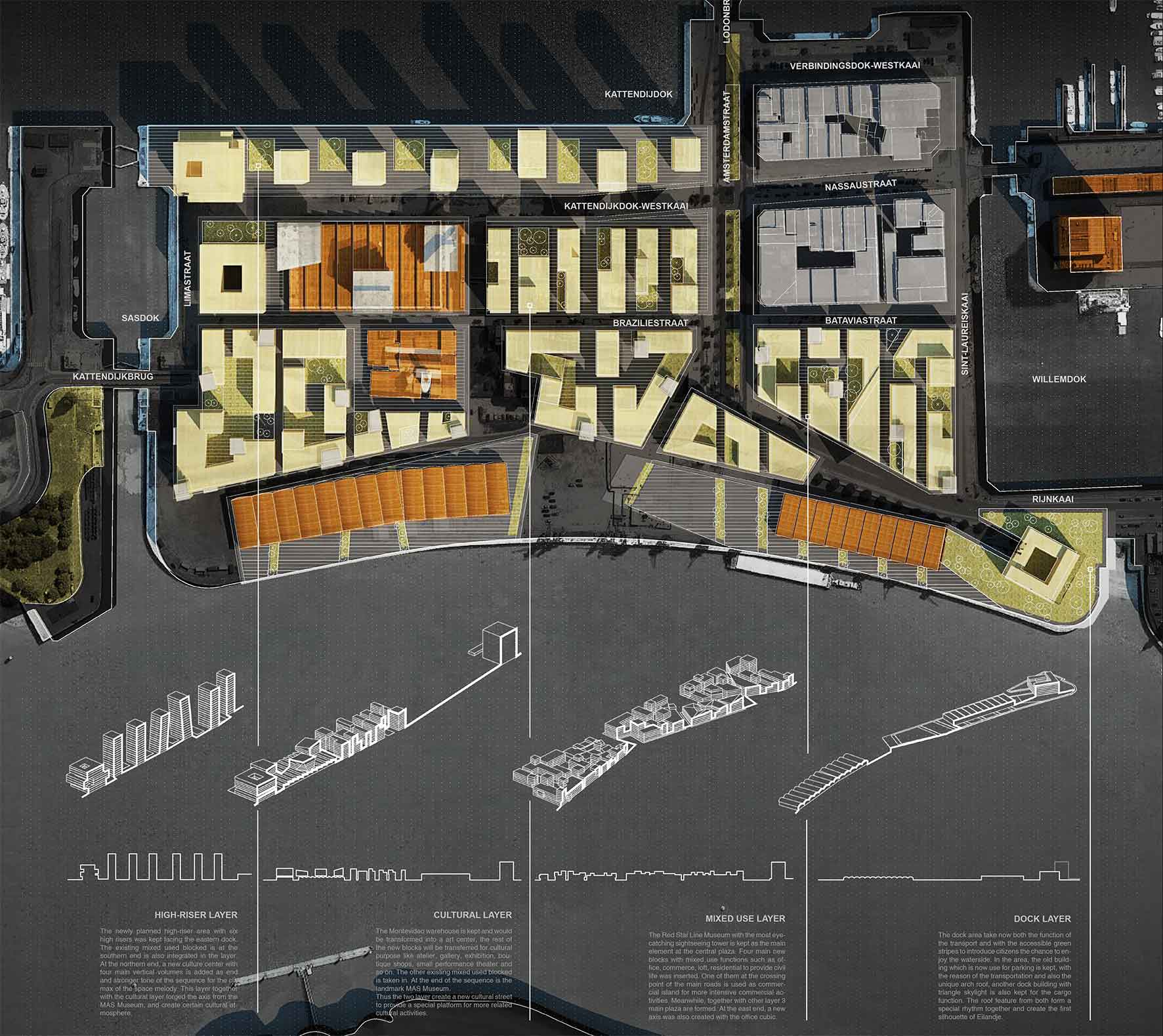In this semester, we focus on the relationship
between space, movement, and
narrative thus mobilizing spatial storytelling.
"As an art of viewing, the Italian veduta
used particular codes in its description of
the city. In the veduta, the portrait of the
city was staged.
Masters of this type of representation included
Canaletto (1697–1768) and Giovanni
Paolo Panini (c. 1691–1765).
Working closely with topographical representation,
this genre of view painting emphasized
the drama of location; the portrait
of the city in Italian vedutismo, that is,
tended toward a narrative dramatization
of sites, characterized by a heightened
sense and a tactile texture of place.
As they merged the codes of urban topography
and landscape painting, city views
also incorporated the cartographic drive,
creating imaginative representational
maps. The city was approached from different
viewpoints.
These ranged from profile and prospective
views to plans, map views, and bird’seye
views, which were often even combined.
Factual accuracy was not the aim of these
urban views, which exhibited an interest
in rendering a mental “image of the city”
and proposed not one “cognitive mapping”
but diverse observational routes.
Imaging a city involves a cluster of diverse
maps that are inhabited and carried
around by city dwellers within themselves.
View painting inscribed this moving, inhabited,
inner space within its mapping of
the city."
This is the description of italian vedutismo
by Giuliana Bruno and it outlines the ambiguity
of all approaches to a city - visually
and emotionally.
With this background, we will skip into a
new method to design an urban project.
Students first embark on exploratory
single work focusing on an emotional
description of a outstanding urban situation
they met in their life.
This will be followed by a theoretical research
in exploratory group work on predefined
themes.
The in‐depth studies contain a design
project of the Eilandje (islet) in the port
area of Antwerp, a project of urban regeneration,
urban ecology and waterfront
design.
The syntheses of these studies will help
students formulate individual urban design
concepts, shaped into coherent and
imaginative master plans.
design
project of the Eilandje (islet) in the port
area of Antwerp, 2014
VEDUTISMO IN ANTWERP